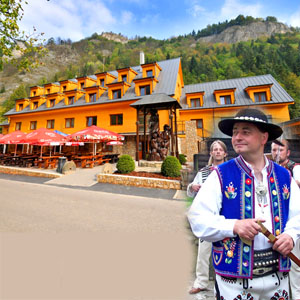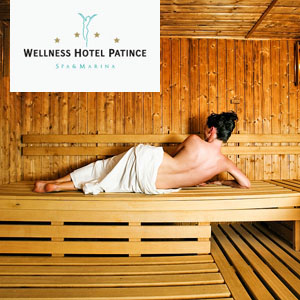Bratislava and surroundings, cultural and social facilities
Accommodation Bratislava and surroundingsList of tourist attractions Bratislava and surroundings

ERDÖDY PALACE
Erdödy Palace is a luxury building on Ventúrska Street 1 in Bratislava, which was built in the 18th century, at a time when several luxury palaces were built: Palffy, Grasalkovič, Mirbach and Esterházy Palace. Many world-famous artists and composers, such as Mozart, Haydn, Beethoven, Liszt, were frequent guests in these palaces ... The palace was built in 1770 by Count Juraj Erdödy de Monyökerek according to a project by Matej Walch. It was built on the site of three older houses. Originally it was a three-storey building, which was extended by two more floors in the first half of the 20th...

GRASSALKOVICH PALACE
The Grassalkovich Palace (in Slovak Grasalkovičov palác) or the Presidential Palace (Prezidentský palác) is a palace in Bratislava and the seat of the President of Slovakia. It is situated next to the Summer Archbishop's Palace. The building is a Rococo/late Baroque summer palace with a French garden. It was built in 1760 for Count Antal Grassalkovich, a Hungarian noble serving as the head of the Hungarian Chamber (a sort of ministry of economy and finance for the Kingdom of Hungary), by architect Anton Mayerhofer. It features many beautiful rooms and an impressive staircase. After its...

PRIMATE'S PALACE
The Primate's Palace (Slovak: Primaciálny palác) is a neo-Classical palace in Bratislava's Old Town. It was built from 1778 to 1781 for Archbishop József Batthyány, who was a Hungarian after the design of architect Melchior Hefele. The palace and its most famous chamber, the Hall of Mirrors, have played host to many significant events. Perhaps the most famous of them is the signing of the fourth Peace of Pressburg by Johann I Josef, Prince of Liechtenstein, Ignácz Gyulay and Charles Maurice de Talleyrand in 1805 after the Battle of Austerlitz, which effectively ended the War of the Third Coalition....

SLOVAK NATIONAL THEATRE
The Slovak National Theatre, one of the country’s most important cultural institutions, was established in 1920. Today it comprises drama, opera and ballet sections, each with its permanent professional company, with a central scene shop providing sets for all productions. The new building of the Slovak National Theatre has seven floors, over 2000 rooms and three main auditoriums (Opera and Ballet Hall, Drama Hall, Studio). In addition it has a restaurant that seats 120, a club, a café, a reading café and a kitchen. Several artworks are located in the interior and exterior spaces of the...











